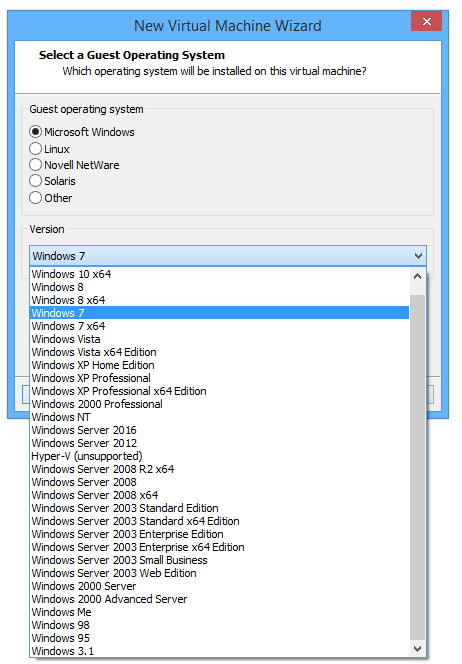

Now you can run the Virtual Network Editor (vmnetcfg.exe) and even add a shortcut for it on your desktop or the Start Menu folder. In the VMware installation temp directory, open the core.cab file and copy vmnetcfg.exe to the installation folder of VMware Player - for example, C:Program FilesVMwareVMware Player.Find and open the temporary installation directory for the VMware Workstation Trial, which will be in a directory named VMware_ along with some numbers, such as VMware_1347648287.You can quickly do this by typing “%temp%” into the Run prompt or any Windows Explorer window or dialog. Download and run the VMware Workstation Trial installation file, but don’t actually install it.The Virtual Network Editor utility is no longer included or installed with VMware Player, so you must manually extract it from the VMware Workstation: Downloading the Virtual Network Editor to Create Custom Virtual Networks However, you still can’t specify custom IP settings for the NAT or Host-only modes.īut as you’ll discover in this tutorial, you can use the Virtual Network Editor (vmnetcfg.exe) from VMware to create/modify custom virtual adapters and then assign them to virtual machines by editing their configuration (.vmx) file. In version 5 of VMware Player, VMware has added the ability to choose which physical adapter(s) to use in the Bridged mode, in case you have multiple physical adapters on the host machine and it automatically selects the wrong one.


This can be a problem if you have specific networking needs, like custom IP address subnets or ranges, or when multiple physical adapters are installed on the host machine. VMware Player doesn’t offer full customization of the virtual network adapters for your virtual machines.


 0 kommentar(er)
0 kommentar(er)
